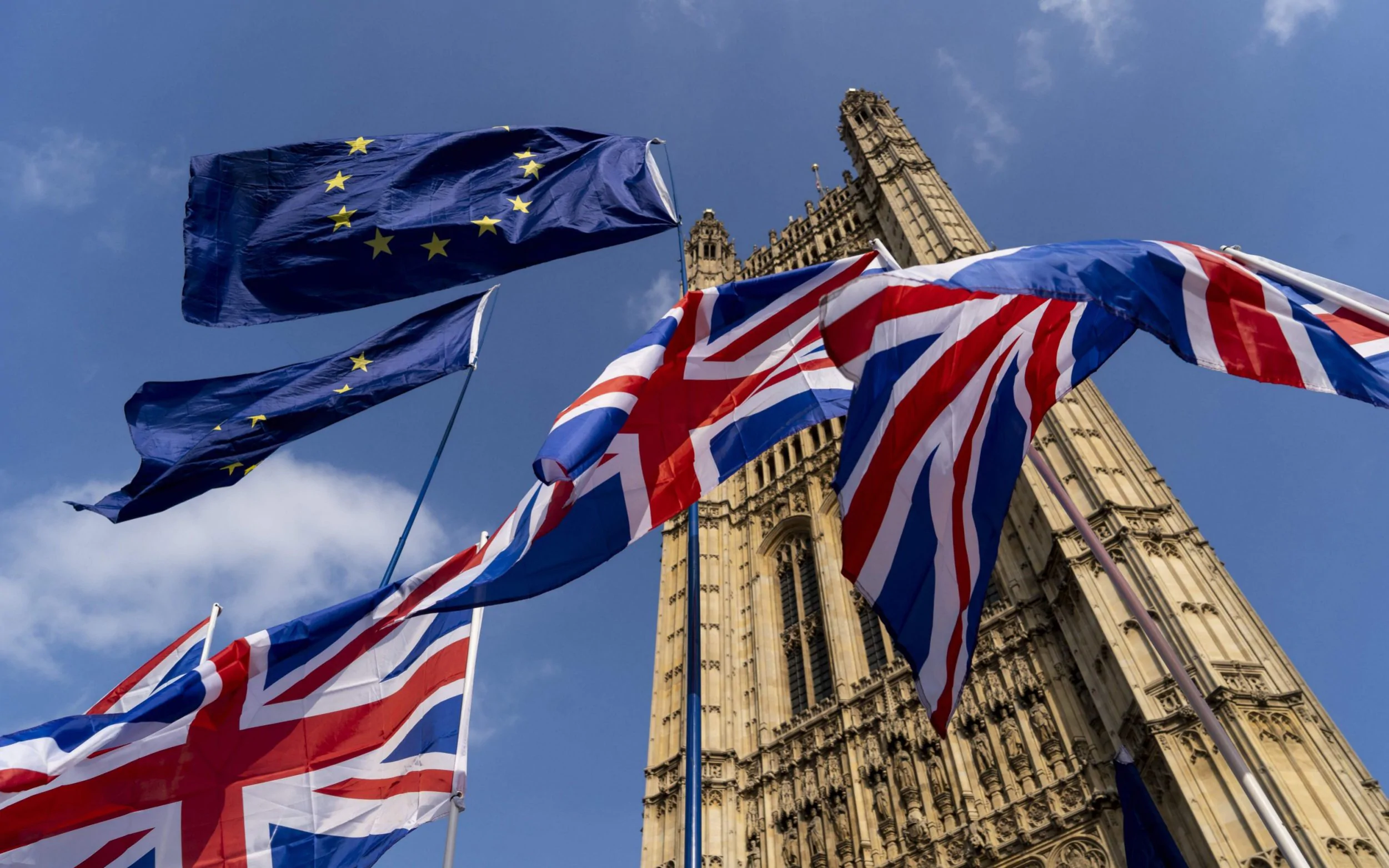In the complex and ever-evolving landscape of UK politics, general elections are often decided by a small number of key constituencies. These battleground areas, where voter sentiment is closely divided, often play a pivotal role in determining the overall outcome. As the 2024 election approaches, understanding the dynamics of these constituencies is crucial for predicting the likely winners and shaping campaign strategies.
This article delves into the importance of key constituencies, how they affect election results, and which areas are expected to be the most fiercely contested in the upcoming 2024 election.
What Are Key Constituencies?
Key constituencies, sometimes referred to as “marginal” or “swing” seats, are areas where no single political party has a dominant majority. The margin of victory in these areas is typically narrow, with the electorate split relatively evenly between different political parties. Because of this, they are seen as crucial battlegrounds, as even a small shift in voter preferences can change the outcome of an election.
In the 2019 general election, for instance, several key constituencies played an outsized role in delivering a decisive victory for the Conservative Party. Areas that had traditionally voted Labour swung to the Conservatives, leading to a political realignment in regions like the Midlands and the North of England. In 2024, both major parties will be looking to either defend or flip these constituencies, knowing that success in these areas is often the difference between winning or losing an election.
Why Are These Constituencies So Important?
While many constituencies in the UK are considered “safe seats”—areas where one party has an overwhelming majority of support—the key constituencies are where the balance of power can shift. In a parliamentary system like the UK’s, the distribution of seats is more important than the overall percentage of the national vote. Thus, winning in the right constituencies can deliver more parliamentary seats, even if a party doesn’t win the majority of votes nationally.
For example, a party may win the national popular vote but lose the election if it fails to secure enough constituencies. As a result, parties invest a significant amount of resources—both in terms of money and manpower—into these areas. Campaign visits, political advertisements, and policy promises often target these key constituencies to sway undecided voters.
The Role of Regional Differences
The UK’s regional diversity plays a significant role in shaping how elections are fought and won. Different parts of the country have unique economic, social, and political concerns, making it difficult to apply a “one-size-fits-all” strategy. Understanding the nuances of each region is key to predicting the outcome of elections.
For example, in the North of England, economic regeneration, Brexit, and the “levelling up” agenda are major issues. In contrast, areas in the South of England may be more concerned with housing affordability, infrastructure, and healthcare. This regional diversity means that different constituencies will prioritize different issues, influencing which party they ultimately support.
Key Constituencies to Watch in the 2024 Election
As the 2024 election approaches, certain constituencies are expected to be particularly competitive. Below are some of the key battlegrounds that could determine the outcome of the election:
1. Workington (North West England)
Workington is one of the so-called “Red Wall” constituencies that flipped from Labour to Conservative in the 2019 election. Traditionally a Labour stronghold, the area had been loyal to the party for decades before the Brexit vote and dissatisfaction with Labour’s stance on national issues led to a Conservative victory. The Conservatives will need to defend this seat, while Labour will be looking to regain its former heartland.
2. Kensington (London)
Kensington is a prime example of a constituency that has shifted between political parties in recent years. This affluent area in central London was once considered a safe Conservative seat, but Labour won it in 2017 by a razor-thin margin, only to lose it back to the Conservatives in 2019. In 2024, this will be a key contest between Labour and the Conservatives, with the Liberal Democrats also hoping to make gains.
3. Colne Valley (Yorkshire and the Humber)
Colne Valley has a history of switching between the Conservatives and Labour. In 2019, the Conservatives won by a slim margin, reflecting the broader trend of Labour losses in northern England. However, the seat remains highly competitive, and Labour will be eager to win it back in 2024. This constituency is a microcosm of broader regional trends, where economic concerns and Brexit sentiment weigh heavily on voter preferences.
4. North East Fife (Scotland)
North East Fife is one of the most marginal constituencies in the UK, with the Scottish Liberal Democrats holding the seat by just two votes in 2019. This tiny margin makes it one of the most contested seats in the country. The Scottish National Party (SNP) will likely target this constituency heavily in 2024, hoping to capitalize on the region’s pro-independence sentiment. However, the Liberal Democrats will be determined to defend their slim majority.
5. Bury North (Greater Manchester)
Bury North is another constituency that shifted from Labour to the Conservatives in 2019, as part of the broader trend in northern England. However, the margin of victory was narrow, making it a key battleground in 2024. Both Labour and the Conservatives will be focusing heavily on this seat, as it could be a bellwether for the broader outcome in the North West.
6. Eastbourne (South East England)
Eastbourne has flipped between the Conservatives and the Liberal Democrats over the years. In 2019, the Conservatives managed to hold onto the seat, but with only a narrow majority. The Liberal Democrats see this as a prime target in 2024, especially as they aim to make gains in the South East of England, an area that could become increasingly competitive.
The Impact of Tactical Voting
Tactical voting is expected to play a significant role in these key constituencies. In areas where two parties are closely matched, voters may choose to back a candidate they see as the most viable alternative to one they strongly oppose, even if it’s not their first choice. For example, in constituencies where the Conservatives and Labour are neck and neck, Liberal Democrat voters may cast their vote for Labour to prevent a Conservative win, and vice versa.
This makes the outcome in key constituencies even more unpredictable, as strategic voting could swing the results in unexpected ways. Parties are aware of this and will likely tailor their messaging to appeal to tactical voters, especially in closely contested areas.
Conclusion
The 2024 general election will likely hinge on a handful of key constituencies, where narrow margins and shifting voter allegiances could tip the balance of power. By understanding the local dynamics of these battlegrounds, political analysts and campaigns can better predict the likely outcome of the election. Whether it’s the former Labour heartlands of the North, the affluent suburbs of London, or the marginal seats in Scotland, these constituencies will be the critical arenas where the 2024 election is won or lost.









